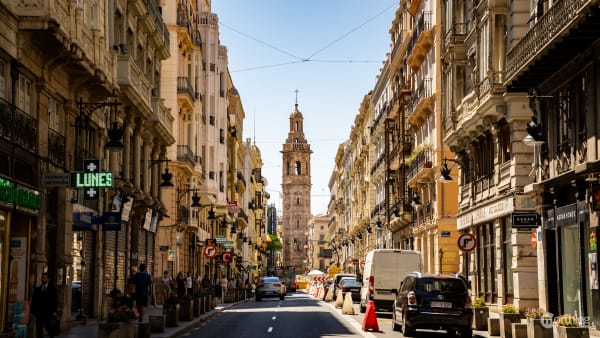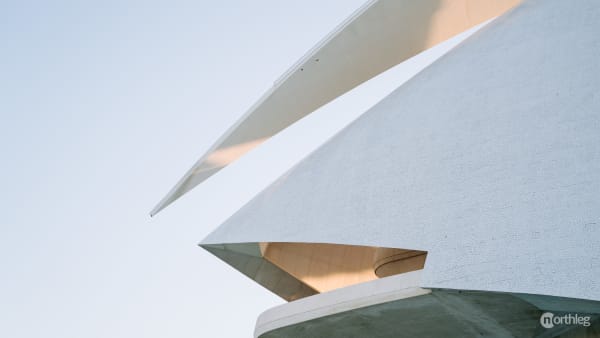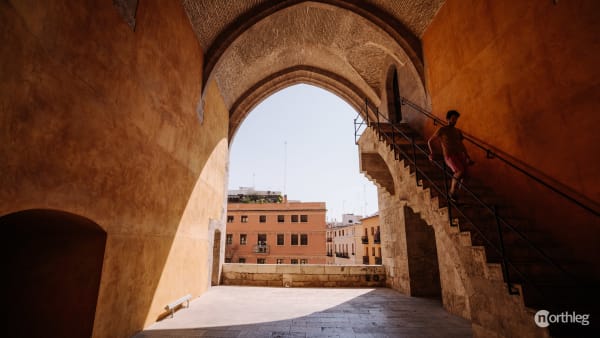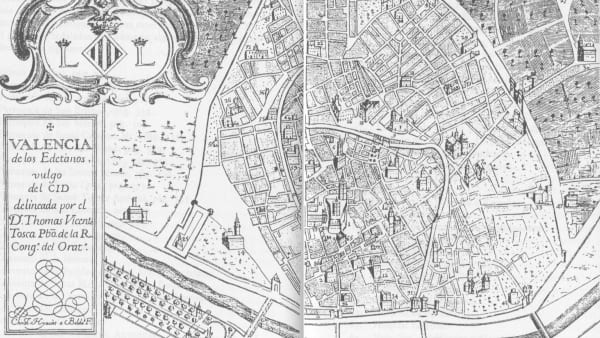Brief history
Brief history
Built on the site of an old monastery, Plaza del Ayuntamiento is the biggest square in Valencia’s centre. Throughout the decades, many renovations and changes to its appearance have made it a focal point in Valencian life and the crossroads of many of the main streets in the city.
-
1239
Monastery
King James I the Conqueror granted permission to the Franciscan congregation to build a monastery on the site of a then pleasure house (this would be right where the square is today). The convent remained within the inner city after the construction of the new city walls in the 14th century.
-
1805
Passageway
By this time, the wall of the convent’s garden had been demolished (without the monks’ permission), in a spontaneous attempt at urban reform. The intention was that of opening up a passageway that would allow citizens to go from one side to the other without having to go around the entire convent.
-
1835
Cavalry barracks
The monks were forced to abandon the convent and the building was converted into cavalry barracks.
-
1892
Empty plot
Due to the deterioration of the convent-barracks, the building was demolished, leaving in its place a large plot of land.
-
End of 1800s
Park
Various trees, gardens, and hedges were planted in the large empty space. A park began to take shape, becoming a place for Christmas fairs, circus shows, or travelling theatres.
-
Early 1900s
Municipal investment
The Municipal Council had been transferred (at first temporarily, then definitely) to the building it currently occupies, the Casa Consistorial. With the transfer, the authorities began to be interested in using the square as a commercial and administrative centre.
-
1907
Demolishment of prostitutes’ neighbourhood
The area where the Correos building is now located was cleaned up and the plot of land was emptied as part of the urban reforms. At the time, the area was known as Barrio de Pescadores (Fishermen’s Neighbourhood).
The place had originally been an actual neighbourhood for fishermen, but with the closure of the city’s brothel, prostitutes had begun to occupy the area and it had acquired a bad reputation as a result.
-
1927
Urbanisation project
Municipal architect Javier Goerlich Lleó was commissioned for the development and creation of a new square. For this new design, a street was demolished.
-
1933
Inauguration of the new square
The centre of the new square had been raised by about 4 m (13 feet), creating an underground space where the flower stalls (above ground up until then) were installed. This change was praised by some and criticised by many.
-
1961
Demolition of the platform
After many complaints from the citizens, the raised platform was demolished, leaving an empty space.
-
1987
Plaza del Ayuntamiento
After having had many names, the square was finally given the name it still bears, Plaza del Ayuntamiento.















